 Where The Body Was
Where The Body Was
Writer: Ed Brubaker
Artist: Sean Phillips
Colorist: Jacob Phillips
Publisher: Image Comics
Publication Date: December 13, 2023
Ed Brubaker and Sean Phillips have been collaborators for well over 20 years now. Together they ushered in a renewed interest and popularity for American crime comics, and will certainly go down in history as one of the best comics teams ever. The pair’s work has become more and more refined, where its increasingly easy to identify a Phillips page or a Brubaker script. And over the years, this is what has built a loyal fanbase, always sure what they will get out of this collaboration and adhering to a consistency that is currently unmatched in American comics.
However, that’s perhaps why Where the Body Was feels so disappointing; a comic that’s held back by collaborative elements that are too routine in the face of its experimental premise.
The story opens with both a neighborhood map and a cast list. Initially, this presents an interesting narrative challenge: telling a widely interconnected story with multiple perspectives and locations that might require some work of the read to piece together the full scope of the picture. However, as I begin to read, I started to question the need to open the book this way. The structure of the story, as well as the role each character plays, never feels out of step or different from a usual Brubaker script. The geography of the neighborhood never plays into the mystery, nor does it feel like I’m ever rewarded or indeed required to understand why the layout should matter while I’m reading.
At its heart, this is a story that combines elements of Cruel Summer, My Heroes Have Always Been Junkies, and Deadenders. The former being a multigenerational story with a large cast that builds on our understanding of the Criminal series, and the latter two using romance as a central element to underpin why someone commits crimes. Where the Body Was is both a crime story and a romance about what people do for love, or what love can look like in the hands of the powerful and the powerless.
Indeed, this is where more of the trouble sets in. Brubaker and Phillips work on the script and art at the same time, Brubaker delivers pages in a steady stream to keep up with Phillips’ art. Oftentimes, this results in serendipitous magic, where a story transforms before our eyes. What we thought was a romance becomes a crime story. The trouble with Where the Body Was is that shift feels inorganic. By the time you complete the journey with these characters, the story has become something else but not in a way that recontextualizes the prior events in an interesting way, but rather in a way that makes the experience feel disjointed, unsure of what the central idea ultimately is.
In continuing with the usual workflow, Phillips also letters the comic in his signature, understated style. His work is often clean, efficient and keeps pace with Brubakers short, pointed sentences. Here, however, the lettering resists experimentation and hinders the story. White letters on light backgrounds, making the words hard to read, alongside bland, understated fonts for dramatic sound effects that feel inappropriately placed, undercut the impact of the action. Additionally, there are no changes in lettering style to capture the shift in perspective from character to character, or even the shift from third person narration to first person. Rather than moving seamlessly between perspectives, there’s an unintentional ambiguity created by the lack of distinct lettering choices.
This failure to experiment extends to Jacob Phillips colors as well. We travel the past and the future, we shift between different characters and their fantasies. And yet none of that is rendered with its own unique color palette. Often I found myself unable to orientate where in the story I was by the art and colors, which should be the foundation for our perspective and I had to wait until an appropriate element of the script caught me up on what I was meant to be feeling.
Brubaker attempts to craft a very complex story here, one that wants to play with geography, perspective and even the narrative cliches of true crime. But none of these challenges yield a different kind of script or different kind of resolution to the story. The framing device of the story, characters recapping the history of the titular crime, does not add to how the narrative is disclosed or how the themes of love and romance are expressed. Ultimately, that choice of hindsight interviews reads more like a way to more easily provide exposition rather than add to the experience.
But there are elements here that feel like they are worth further examination. Early on, the story introduces ideas of abuse of authority and power, and how love is tangled with power dynamics. Some of the characters involved in that particular subplot feel the most fleshed out and interesting, and Sean Phillips does a great job of drawing distinct faces and natural body types. The cast feels immediately like a group that would inhabit an American suburb.
Where the Body Was is ultimately a misstep in the right direction. The premise provides room for challenging, new approaches to this two decade long collaboration, an opportunity to do something exciting and even a little scary from a creative perspective. However, that opportunity is not taken, with all involved preserving their usual style for a story that demanded something different. As a devout Brubaker/Phillips fan I was disappointed with this graphic novel, but it does give me hope that the pair are attempting to try new things. I only hope they challenge themselves in more complex and successful ways in the future.
Verdict: Skip
Check The Beat’s review section for a new graphic novel review every Friday in 2023! And make sure to read TRADE RATING each Thursday for a review of collected material!
Where The Body Was is slated for release in comic shops on December 13.


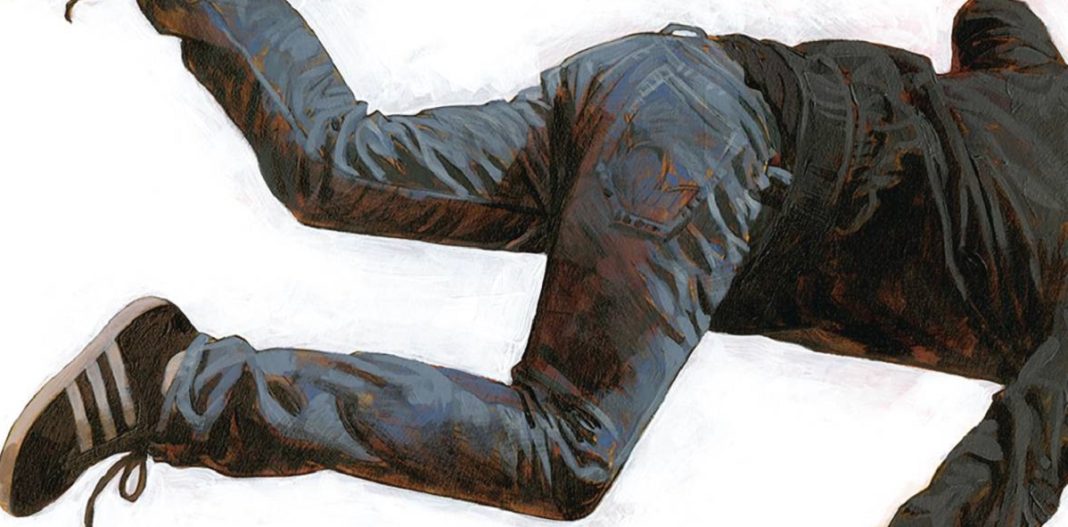
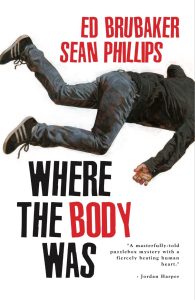

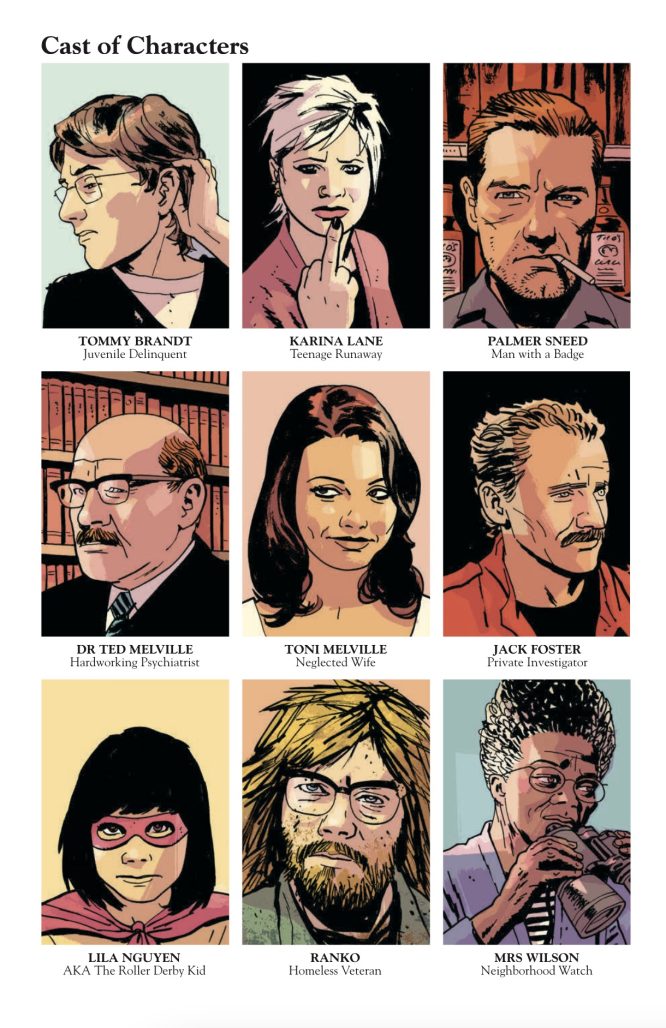
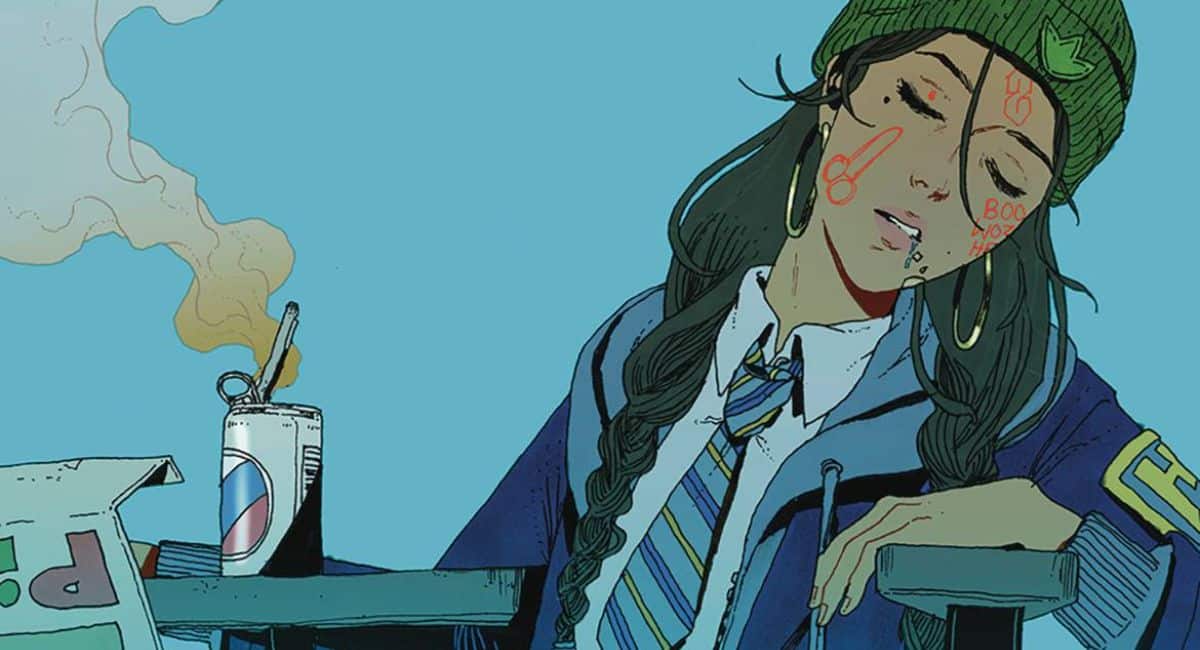

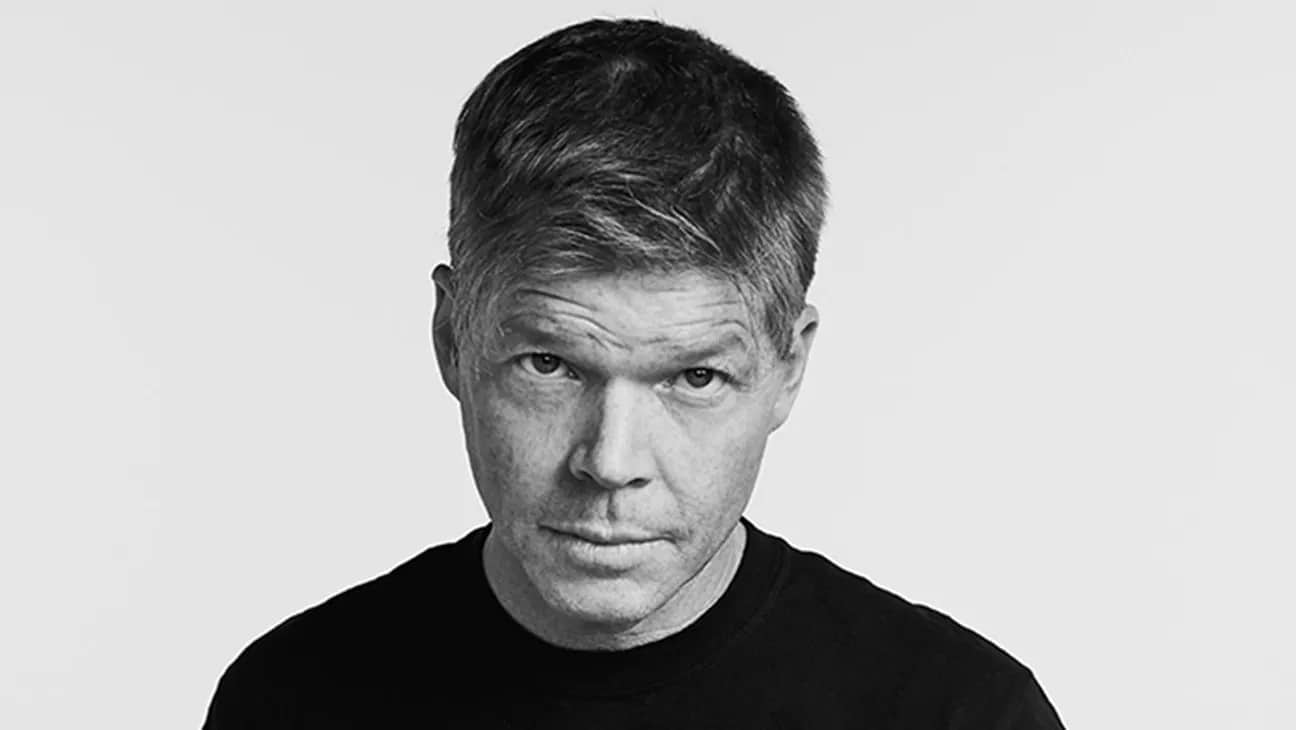


I thought Night Fever the previous book they did together was a bit feeble as well—narratively underpowered and not earning its length.
Comments are closed.